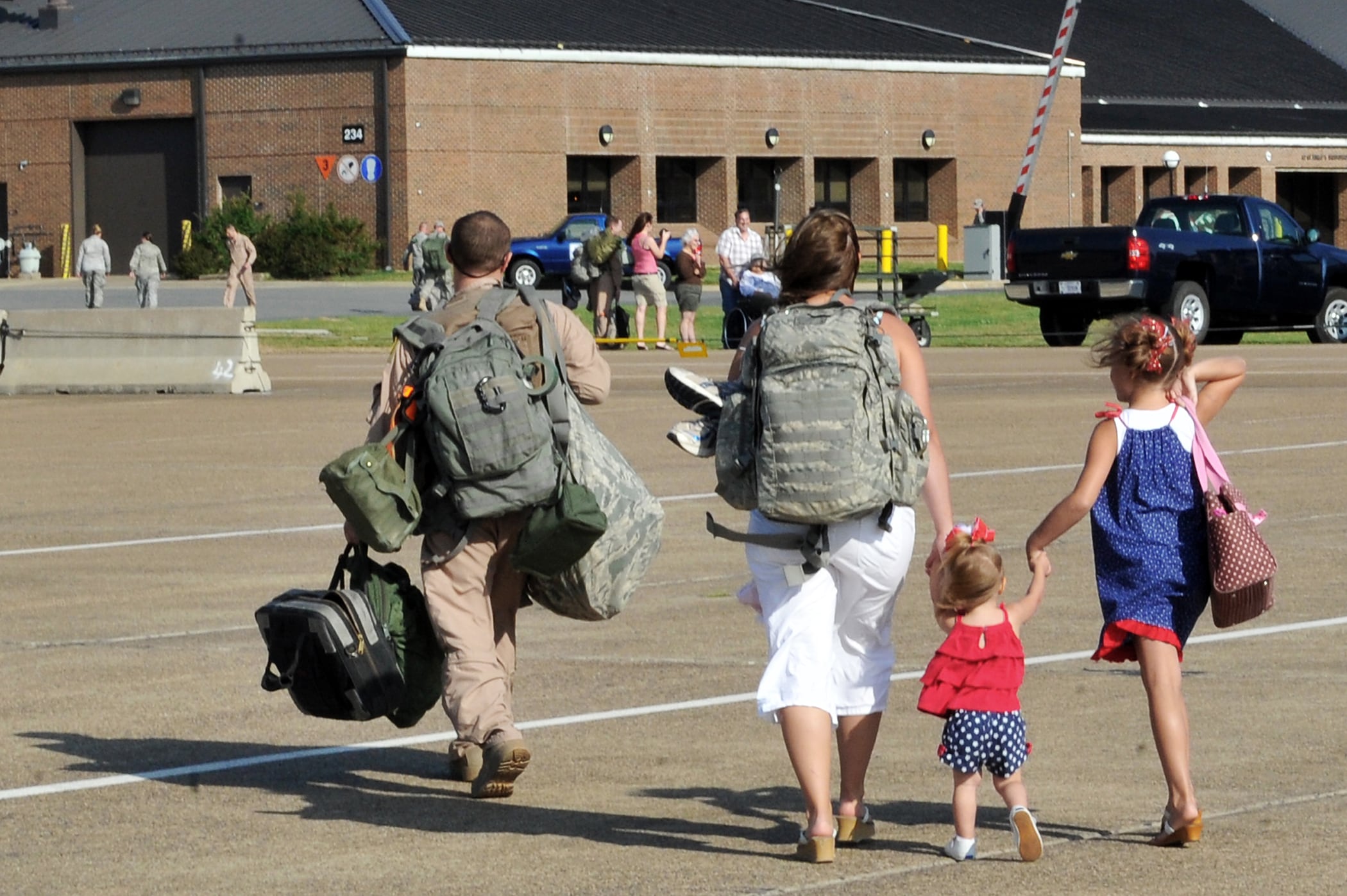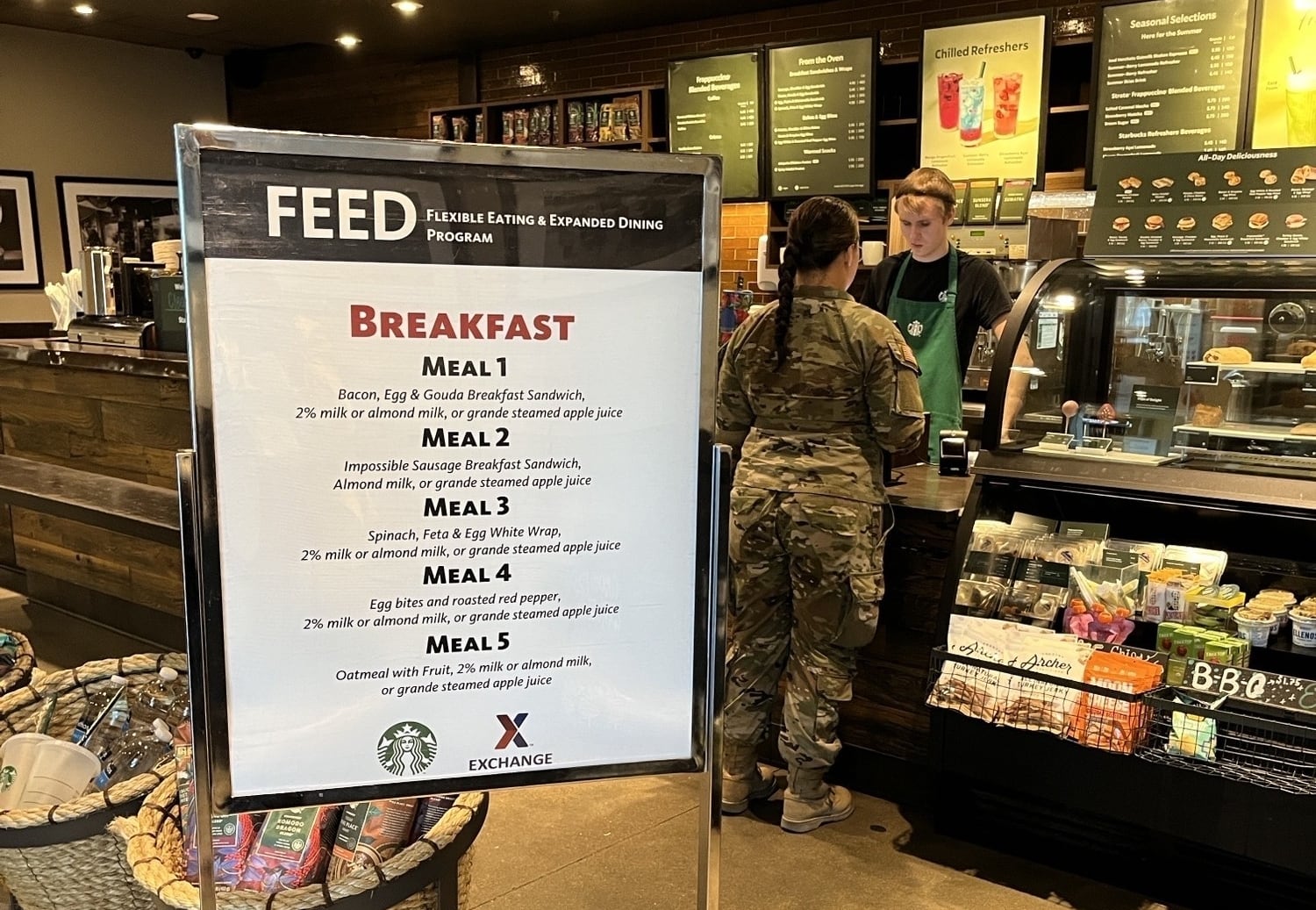Service and defense officials outlined programs in place and under consideration to limit military moves during a Senate hearing Wednesday, ranging from servicewide initiatives to personnel tweaks ... even the possibility of allowing troops to decline a promotion if it means avoiding a change of station.
“The one thing I hear consistently is that frequent relocations create a great disruption to the family, to employment and a number of other things,” said Sen. Thom Tillis, R-N.C., who is chairman of the Senate Armed Services’ subcommittee on personnel, during a Wednesday hearing.
He asked what the services, and the Defense Department, were doing to address those concerns. Their responses:
ARMY
Secretary of the Army Mark Esper has heard similar comments from soldiers, said Lt. Gen. Thomas Seamands, deputy chief of staff for personnel, so Esper has asked Army officials to look at “not only whether we can reduce the [permanent change-of-station moves] in terms of the monetary cost ... but also provide stability to the soldiers at those installations.”
“Right now we’re trying to peel back the onion to find out where we can keep somebody in place longer to allow stability for them and perhaps continue employment for their spouse,” Seamands said, “because if the spouse is employed, they’ll want to stay where they are.”
RELATED

NAVY
The service’s “market place detailing” program has resulted in 25 percent of sailors’ next career moves over the last two years keeping them in the same home port, Chief of Naval Personnel Vice Adm. Robert Burke.
He described the process as “a sort of LinkedIn for the Navy,” that lets sailors “connect directly with prospective jobs.”
The process allows them to consider geographic stability when possible, he said.

AIR FORCE
The service is testing the idea of using technology to let officers view openings and requirements, and input their preferences, said Lt. Gen. Gina Grosso, deputy chief of staff for manpower, personnel and services.
“We think leveraging technology will make it easier for people who want to move, to move, and people that want to be stable, to be stable,” Grosso said.
Officials are slowly implementing the tech across the officer force, she added.
The service also implemented a “second assignment in place” program for pilot retention.
“But what you find is that the overseas rotation pulls people overseas,” Grosso said. “Some of the force structure makes it difficult to keep people in place.”
Allowing airmen to opt out of promotions ― a personnel policy change that’s been floated within DoD ― could also make a difference, she said.
“There are people who would like to stay in place, but because of the career progression forced by an up-or-out system, they really can’t,” she said. With flexibility in that area, “you could keep families in place longer in the same position. We’d obviously have to think about how to manage that, but that would be one huge benefit.”
MARINE CORPS
Before the service issues PCS orders, a “monitor” talks with the Marine, taking into account the spouse and family situation, said Lt. Gen. Michael Rocco, deputy commandant for manpower and reserve affairs.
“We support any effort to protect their ability to have jobs or protect their jobs,” Rocco said.
Another initiative designed to improve family stability is a proposal to reduce the amount of time of unaccompanied tours overseas for married Marines, from the current two years down to 15 to 18 months, Rocco said.
DoD
Defense Secretary Jim Mattis has signed a directive creating a “close combat lethality task force,” which could ultimately have an impact on family stability for Army and Marine Corps front line close-combat units, said Robert Wilkie, the Pentagon’s personnel chief, who will head the task force.
Cohesion and stability in terms of the years that a team spends training together is a key to survivability on the battlefield, Wilkie said. The goal of the task force, working with those two services, “will be to find those formulas that will allow those infantry units to stay together longer,” he said, “and provide their [noncommissioned officers] and their junior officers with deep familiarity with the soldiers and Marines that they lead, and then in the end as they leave those units to actually populate larger command structures.”
Wilkie also called family stability “key to unit cohesion, and unit cohesion is a key to survivability on the battlefield.”
Karen has covered military families, quality of life and consumer issues for Military Times for more than 30 years, and is co-author of a chapter on media coverage of military families in the book "A Battle Plan for Supporting Military Families." She previously worked for newspapers in Guam, Norfolk, Jacksonville, Fla., and Athens, Ga.





